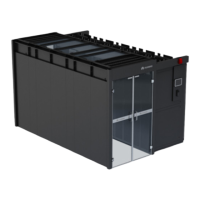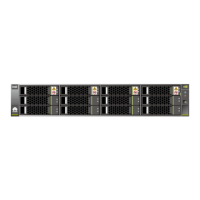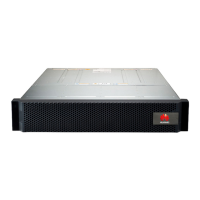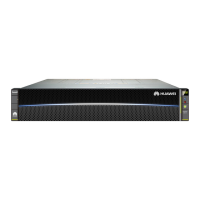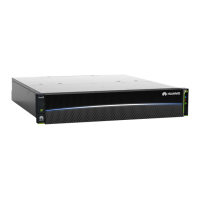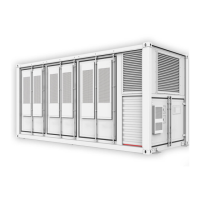6 Cable Routing Requirements
Lay out cables according to the following requirements to avoid signal
interference.
If some of the cables described below do not need to be installed onsite, ignore the
requirements for routing such cables.
General Cable Routing Requirements
Bending Radius Requirements
The bending radius of a power, ground, or signal cable should be greater than or
equal to ve times its diameter.
Cable Binding Requirements
● Cables of the same type should be bound together.
● Cables of
dierent types must keep a minimum distance of 30 mm from each
other. Cables must not be tangled or twisted.
● Route and bind cables so that they appear neat and tidy and their cable
sheaths are intact.
● Cable ties should be bound neatly in the same direction. Cable ties at the
same horizontal line must be in a straight line.
● The extra part of each indoor cable tie must be cut
o. A slack of 5 mm is
reserved for each outdoor cable tie. All cut surfaces have no sharp edges.
● After cables are installed, labels or nameplates must be attached to both
ends, joints, or turns of the cables.
Safety Requirements
● Cables should be placed away from sharp objects or wall burrs. If inevitable,
protect the cables with bushings.
● Cables should be routed away from heat sources, or heat-insulation materials
should be added between cables and heat sources.
●
Sucient slack (about 0.1 m recommended) should be provided in cables at
turns or the position close to a device, facilitating cable and device
maintenance.
PowerCube 1000 (STC, Saudi Arabia, ICC800-A1-C2,
ESC800-A1)
Installation Guide 6 Cable Routing Requirements
Issue 02 (2021-09-28) Copyright © Huawei Technologies Co., Ltd. 69
